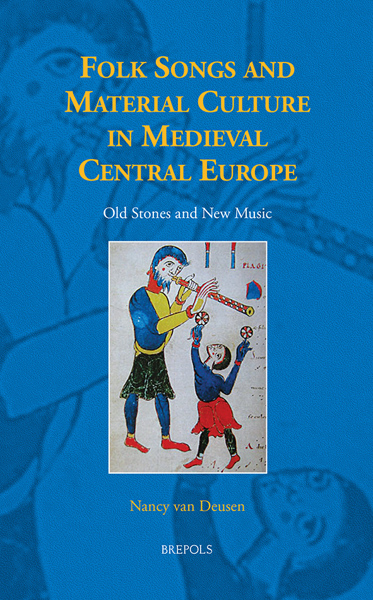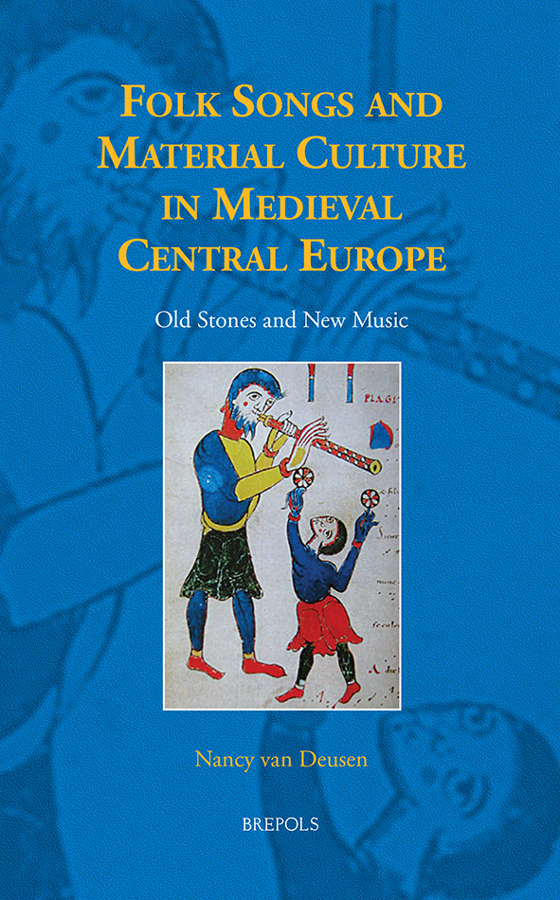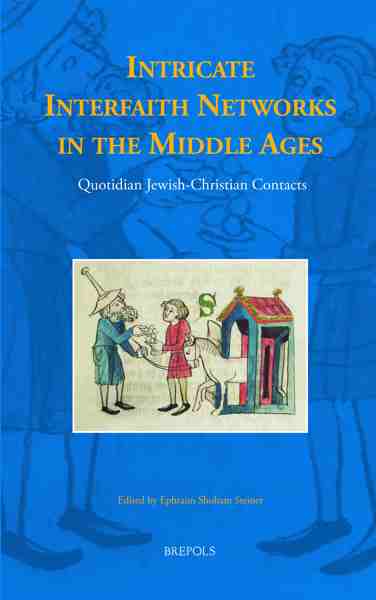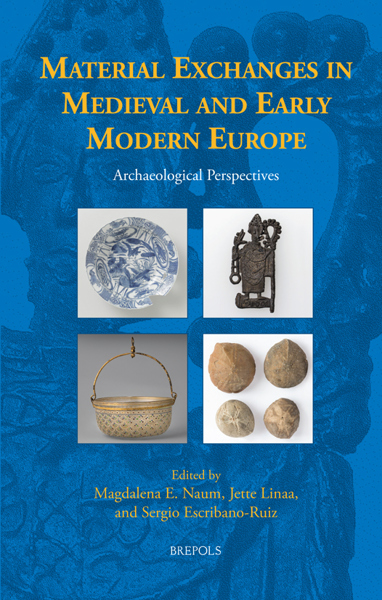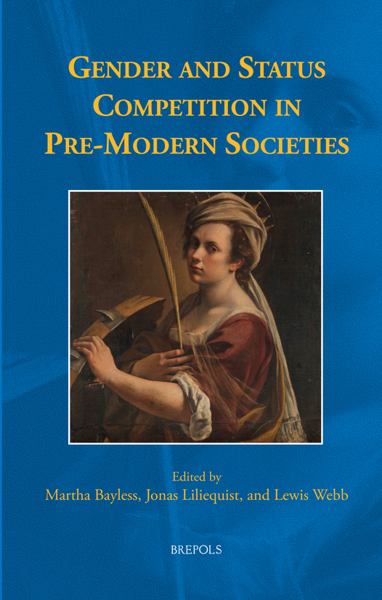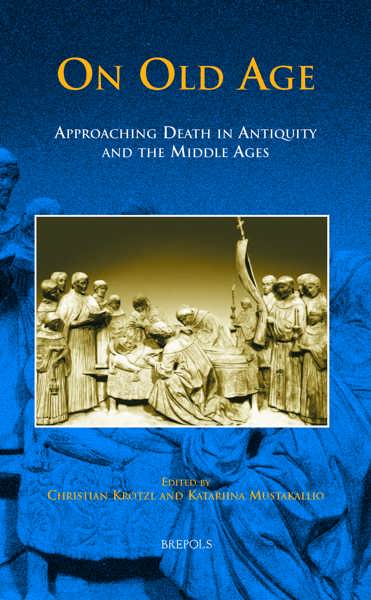
Folk Songs and Material Culture in Medieval Central Europe
Old Stones and New Music
Nancy van Deusen
- Pages: xiv + 282 p.
- Size:156 x 234 mm
- Illustrations:23 b/w
- Language(s):English, Latin, German
- Publication Year:2019
- € 120,00 EXCL. VAT RETAIL PRICE
- ISBN: 978-2-503-54132-7
- Hardback
- Available
- € 120,00 EXCL. VAT RETAIL PRICE
- ISBN: 978-2-503-55838-7
- E-book
- Available
This book examines the past through conceptual tools and an examination of cultural material as a way of shedding light on the present.
“This is a remarkable and rewarding book, one that will hold interest for a broad range of readers, including medievalists, historical musicologists, and ethnomusicologists.” (Kathleen E. Nelson in Parergon, 39/1, 2022, p. 283)
This book takes a unique approach to the study of folk music in Central Europe. Through an analysis of this cultural tradition, and of how words and ideas that were first introduced in Latin Antiquity became increasingly cultivated, refined, and established in the centuries that followed, the volume also questions present-day studies of sound and its organization into the field of so-called ‘folk music’. In so doing, it breaks down boundaries that separate historical studies from ethnomusicology, and sheds light on what music continues to mean in daily life.
While the focus is primarily on Central European folk music, and in particular on material found in the Hungarian archives, the approach taken here also points to a fruitful comparative methodology that could be employed on a larger scale, enabling scholars to consider broader chronological and geographical contexts.
Table of Contents
Acknowledgements
List of Illustrations
Chapter 1: Introduction: Scenes from Life in Budapest
Chapter 2: Herder and His Influence: A Background for Conceptualization
Chapter 3: Historiography of Ideology: Conceptual Bases for the Collection of Folksong
Chapter 4: Understanding Herder: Plato’s Timaeus, and the Medieval Conceptualization of Sound as Material
Chapter 5: Aggregation: Cultural Properties Exemplified
Chapter 6: Old Stones, Useful Chunks: Working with Material
Chapter 7: Methodology, and the Question of ‘Types’
Chapter 8: A Passion for Collection: Folk Music and the Sequence
Chapter 9: Transcription, Translation, Transmutation
Chapter 10: Nationalism and Folk Music
Chapter 11: Conclusions
Appendices
Glossary
Bibliography
Index
